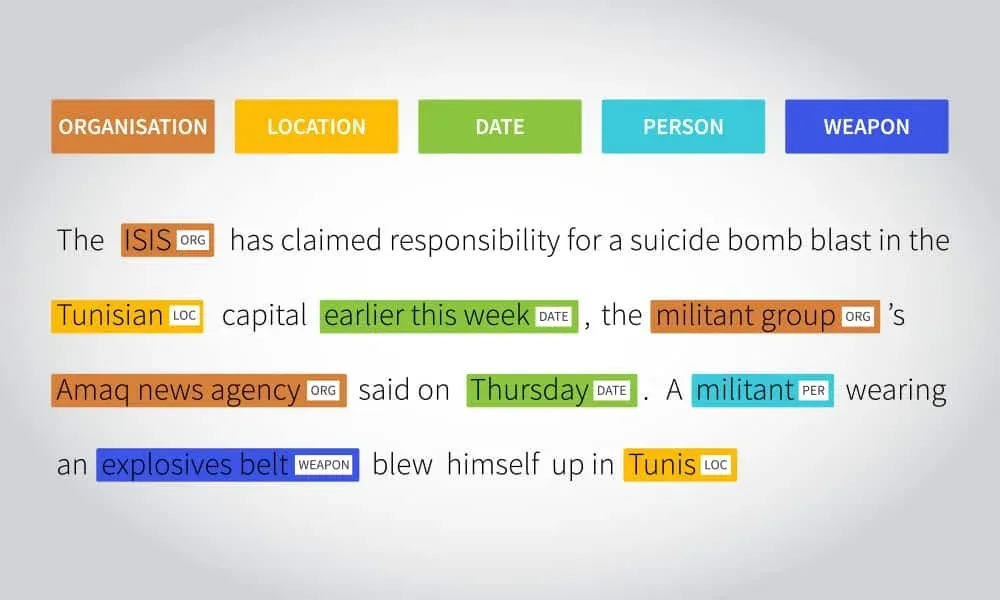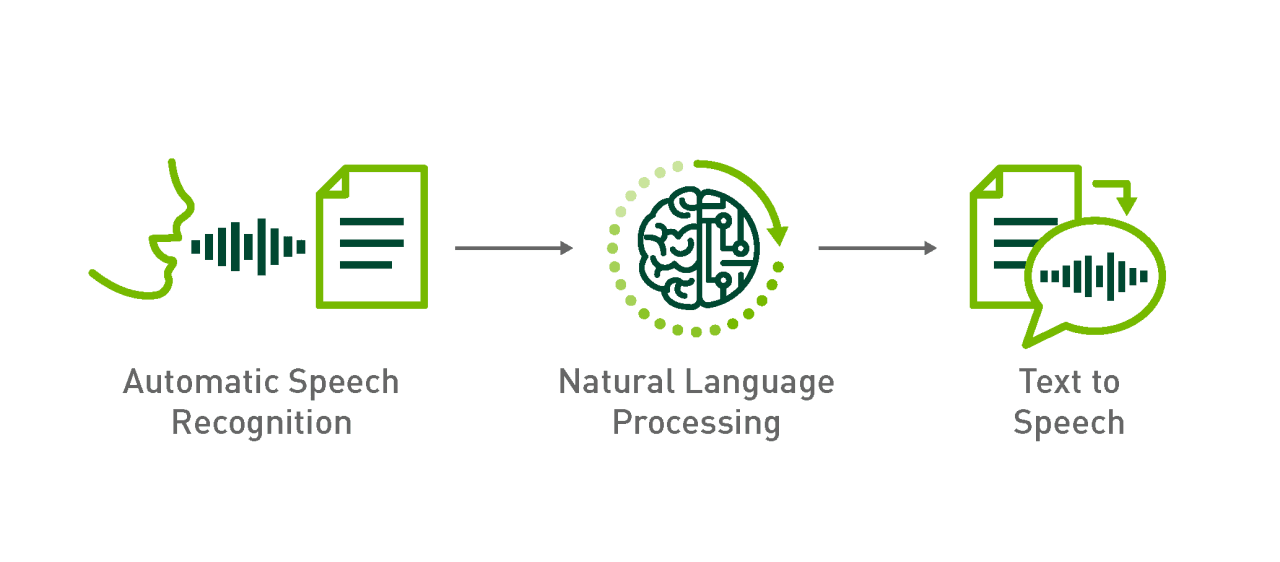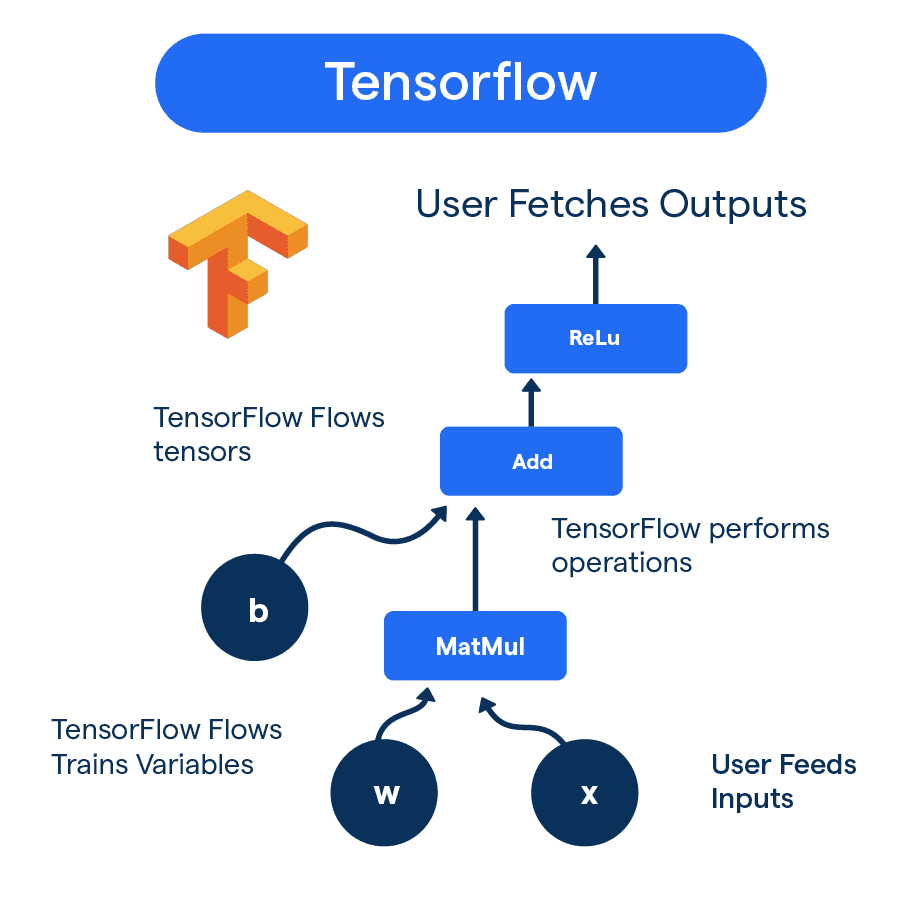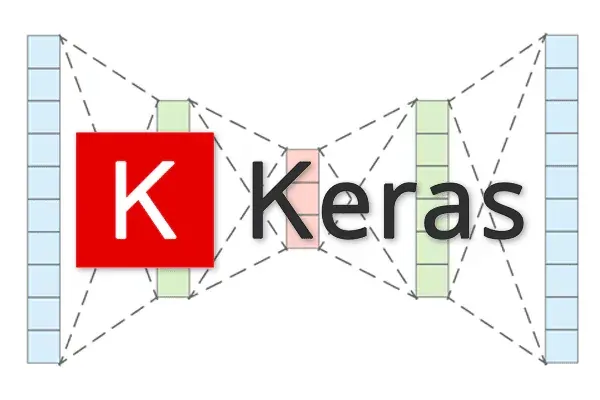Hugging Face has emerged as one of the most popular open-source NLP platforms used for a variety of applications. This powerful platform offers developers access to the latest in AI models, libraries, and tools making it easier for them to build a variety of NLP-based applications and experiences.
From chatbots to language translation models, question-answering systems to sentiment analysis tools, and much more, Hugging Face has transformed the way developers approach NLP. The platform has gained prominence thanks to its user-friendly API, robust community support, and state-of-the-art models specialized for different NLP tasks.
In this article, we will explore some of the most popular applications that can be developed on Hugging Face, highlighting the versatility of this groundbreaking NLP platform.
What is Hugging Face?

Hugging Face is an NLP company that offers a platform with state-of-the-art models, libraries, and tools for building various NLP-based applications. Their user-friendly API and robust community support have made them a popular choice among developers.
Why is Hugging Face Popular Among AI Developers?
Now you might be wondering, what's the big deal about Hugging Face? Well, here's the thing - Hugging Face provides an extensive collection of pre-trained AI models and a user-friendly software library called Transformers.
This means developers can build applications related to text generation, text classification, and more without starting from scratch.
In the upcoming sections, we will learn about the various applications you can develop using Hugging Face.
Text Generation Applications
Text generation is an area of NLP that has seen tremendous progress, thanks partly to Hugging Face. It involves generating human-like text with the help of AI models.
Natural Language Text Generation
Hugging Face provides access to a wide range of pre-trained models for text generation tasks. These models can be fine-tuned for specific applications like chatbots or creative writing. These models have been trained on a massive amount of text data, which allows them to generate coherent and contextually relevant text.
Summarization
Summarization is the art of condensing a large text into a shorter version. Hugging Face provides models to generate summaries for news articles, research papers, or any other lengthy text.
Translation
Another amazing application of Hugging Face models is translation. Their models can accurately translate text between different languages, making it a breeze to communicate across borders without having to worry about language barriers.
Text Classification Applications
Text classification involves categorizing and labeling text documents based on their content. It has many applications, including sentiment analysis, document classification, and spam detection.
Sentiment Classification
Sentiment analysis is the process of determining the sentiment or emotion expressed in a piece of text. It is commonly used in social media monitoring, customer feedback analysis, and brand reputation management.
Businesses can gain insights into customer opinions by classifying text as positive, negative, or neutral and make data-driven decisions.
Document Classification
Document classification involves organizing and categorizing documents based on their content. This can be useful in various scenarios, such as organizing articles, filtering emails, or managing legal documents.
Businesses can automatically assign categories to documents to improve information retrieval and enhance productivity.
Suggested Reading:
Custom LLM Models: Is it the Right Solution for Your Business?
Named Entity Recognition (NER)
NER identifies and classifies named entities in text, such as people, locations, organizations, and more. Hugging Face's models excel at this task, making it ideal for information extraction, question answering, and text summarization applications.

Question Answering
Lastly, Hugging Face's models can also answer questions based on a given context. This is incredibly useful for building chatbots, search engines, or any application that requires answering user queries in a conversational manner.
And, if you want to begin with chatbots but have no clue about how to use language models to train your chatbot, then check out the NO-CODE chatbot platform, named BotPenguin.
With all the heavy work of chatbot development already done for you, BotPenguin allows users to integrate some of the prominent language models like GPT 4, Google PaLM, and Anthropic Claude to create AI-powered chatbots for platforms like:
- WhatsApp Chatbot
- Facebook Chatbot
- Wordpress Chatbot
- Telegram Chatbot
- Website Chatbot
- Squarespace Chatbot
- Woocommerce Chatbot
- Instagram Chatbot
Audio and Speech Applications
Now, let's explore the exciting world of audio and speech applications and see how Hugging Face is making waves in this field. We'll cover everything from Automatic Speech Recognition (ASR) to Text-to-Speech (TTS). So, let's dive in!
Overview of audio and speech applications
Audio and speech processing have seen significant advancements in recent years, and Hugging Face is right at the forefront of this innovation. They have developed models and tools that enable developers to work with audio data and build amazing applications.
Automatic Speech Recognition (ASR)
ASR is the technology that enables a machine to understand and transcribe spoken language into written text. Hugging Face allows developers to leverage their pre-trained ASR models to build applications like voice assistants, transcription services, and more. So, no more jotting down notes during meetings - let the AI handle it!

Voice Activity Detection (VAD)
VAD refers to a system's ability to detect when speech is present in an audio signal. Hugging Face has models that can accurately determine when someone is speaking and when there is silence or background noise. This is incredibly useful for applications like call center analytics, voice command recognition, and more.
Text-to-Speech (TTS)
TTS is a miraculous technology that converts written text into spoken words. With Hugging Face's TTS models, developers can make their applications talk back to users in a natural and human-like manner. Whether it's for audiobook narration, virtual assistants, or accessibility purposes, the TTS models from Hugging Face have got you covered.

Computer Vision Applications
Now, let's shift gears and explore the captivating world of computer vision applications. Hugging Face's models help us perform image classification, object detection, and even image segmentation. So, put on your virtual lenses, and let's look closer!
Overview of computer vision applications
Computer vision involves analyzing and understanding images or videos to extract meaningful information. Hugging Face's models and tools in this area have simplified the development of advanced computer vision applications.
Image Classification
Image classification is the process of assigning a label or category to an image based on its content. Hugging Face's models can accurately classify images into various categories, ranging from identifying animals in wildlife photography to recognizing objects in retail inventory. It's like having a trained eye that never gets tired!
Object Detection
Object detection takes image analysis to the next level by classifying objects and detecting their precise positions within the image.
Hugging Face's models can easily identify and locate multiple objects in an image, making it useful for applications like self-driving cars, surveillance systems, and more. It's like having your very own AI detective!
Image Segmentation
Image segmentation is the process of partitioning an image into multiple segments to analyze and understand its different parts.
Hugging Face's models excel at this task, allowing developers to segment images and extract valuable information like identifying different objects within an image or separating the foreground from the background. It's like having X-ray vision for images!
Suggested Reading:
Custom LLM Development: Build LLM for Your Business Use Case
Multimodal Applications
Now, let's explore the exciting realm of multimodal applications and see how Hugging Face is revolutionizing how we combine different data types for AI. We'll dive into the collaboration between text and image, text and audio, and even text and video. So, let's jump right in!
Overview of multimodal applications
Multimodal applications combine and analyze multiple data types, such as text, images, audio, and video. Hugging Face provides a powerful platform for developers to work with multimodal data and build innovative applications that can understand and process diverse inputs.
Text and Image
Combining text and image data can lead to fascinating applications. Hugging Face's models and tools allow developers to perform tasks like image captioning, where a model generates a textual description for an input image.
This is incredibly useful for applications like photo-sharing platforms, content generation, and more. Get ready to see the world through a new lens!
Text and Audio
When text and audio come together, magical things can happen. Hugging Face's multimodal capabilities enable developers to build applications like speech-to-text transcription, where spoken words are converted into written text.
This can be incredibly helpful for podcast transcriptions, voice assistants, and more applications. So, let your words be heard - and seen!
Text and Video
Text and video make a powerful combination, and Hugging Face's models allow developers to tap into this potential. With their multimodal tools, developers can build applications like video summarization, where key information from a video is extracted and presented in a concise text format.
This can be incredibly useful for applications like video content analysis, video search engines, and more. Get ready to turn videos into bite-sized pieces of information!
Hugging Face vs. Other Machine Learning Libraries
Hugging Face is an incredible platform, but how does it compare to other machine-learning libraries? Let's take a quick look at how Hugging Face stacks up against popular libraries like TensorFlow, Keras, and Scikit-learn.
Comparison with TensorFlow

TensorFlow is a widely used machine-learning library known for its flexibility and scalability. While TensorFlow provides a broad range of APIs for developing machine learning models, it requires more manual configuration and implementation.
On the other hand, Hugging Face's library, Transformers, is specifically designed for natural language processing, offering pre-trained models and high-level abstractions that make it easier to work with text data.
Comparison with Keras

Keras, a deep learning library, is known for its user-friendly and intuitive interface. It simplifies the process of building deep learning models, including neural networks.
Hugging Face's library, Transformers focuses on NLP tasks and provides a similar user-friendly experience for working with text data. It offers pre-trained models and tools that make building and fine-tuning models a breeze.
Comparison with Scikit-learn
Scikit-learn is a popular library for machine learning tasks, including classification, regression, and clustering. While Scikit-learn provides a wide range of algorithms and tools for traditional machine learning, it doesn't specialize in NLP tasks like Hugging Face's library and Transformers.
Hugging Face's transformers provide pre-trained models and tools designed explicitly for NLP tasks, making it a go-to choice for developers in this domain.
Conclusion
In conclusion, Hugging Face has revolutionized the field of natural language processing and AI with its comprehensive platform, diverse range of applications, and user-friendly tools.
From text generation to text classification, audio and speech processing to computer vision and multimodal applications, Hugging Face offers a one-stop solution for developers leveraging cutting-edge AI models for many tasks.
Its library of pre-trained models, such as Transformers, simplifies the development process, making it accessible for beginners and experienced developers.
With Hugging Face's continuous innovation and robust community support, the future of NLP and AI applications looks incredibly promising.
Suggested Reading:
How to train a Custom Chatbot on your own data with ChatGPT?
Frequently Asked Questions (FAQs)
What types of natural language processing applications one can develop using Hugging Face?
Hugging Face allows you to develop applications such as text generation, text classification, named entity recognition, question answering, and more!
How to build voice assistants or speech transcription applications with Hugging Face?
Hugging Face supports automatic speech recognition (ASR), voice activity detection (VAD), and text-to-speech (TTS) applications, enabling you to create amazing voice-based solutions.
How to work with image data and build computer vision applications using Hugging Face?
Hugging Face provides models for image classification, object detection, and image segmentation, empowering you to develop powerful computer vision applications.
Is it possible to combine different types of data, like text and images, using Hugging Face?
Yes, Hugging Face's multimodal capabilities allow you to work with different data types. You can combine text with images, audio, and video to create cutting-edge applications.
What are some specific examples of multimodal applications one can develop with Hugging Face?
With Hugging Face, you can build applications like image captioning, speech-to-text transcription, video summarization, and more, where different modalities of data come together to provide meaningful insights.


